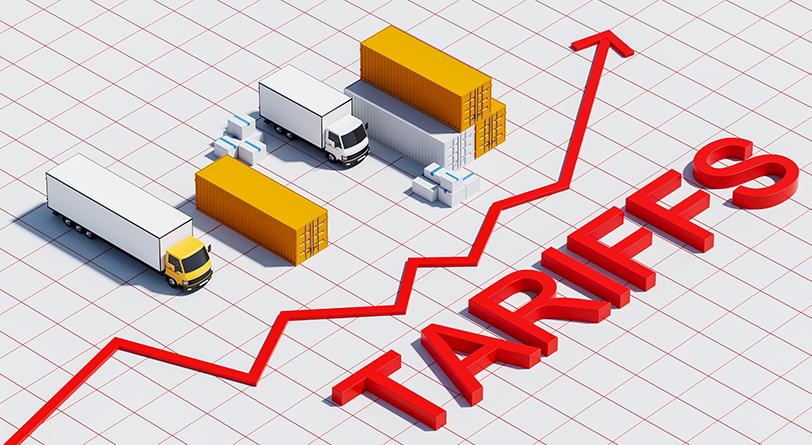FPA Launches Trade Working Group and Newsletter on Tariffs
Working Group Will Guide FPA’s Tariff and Trade Monitoring Efforts and Engagement

The Flexible Packaging Association (FPA) has recently begun producing biweekly updates on trade policy, not only to track shifts in tariff rules but also to establish an informal trade working group to advise FPA on how to respond to changes.
FPA encouraged its members to review the Harmonized Tariff Schedule Code that tracks goods companies import, according to its first update on March 25, 2025. It also provided its members with a list of commonly used codes in the flexible packaging industry, such as for the various thicknesses of aluminum foil.
The initial update cautioned readers that the second Trump administration’s tariff and trade policies are continually evolving, and they should read the newsletter with this in mind.
Meanwhile, the trade working group will guide FPA’s “tariff and trade monitoring efforts and determine how FPA further engages on this issue,” says the newsletter from John Richard, FPA’s director of government relations.
“This group will consist of trade policy ‘experts’ from participating member companies,” the newsletter adds, while encouraging FPA members to join the working group.
Background
The newsletter notes that FPA joined the Tariff Reform Coalition (TRC) during Donald Trump’s first term. TRC is managed by the National Foreign Trade Council. The goal was to highlight how tariffs on aluminum negatively impact communities. FPA also launched the Coalition for Aluminum Foil Security “to combat a series of antidumping and countervailing duty orders on thin-gauge aluminum—a key input in many types of flexible packaging that is not manufactured in the United States,” the newsletter says.
Trump’s push to increase tariffs includes the creation of an external revenue service to manage incoming tariff funds, the newsletter also says, pointing to the president’s America First Trade Policy.
The newsletter goes on to highlight the following:
- Section 232 Tariffs: On February 11, 2025, Trump altered the existing Section 232 tariff on steel and aluminum. “These tariffs are levied to protect the U.S. steel and aluminum industries, which have been deemed to be threatened by imports by the Departments of Commerce and Defense,” the newsletter says. The key changes include increasing the tax rate to 25%, removing exclusions and exemptions, and expanding the list of products subjected to the tariffs.
- More Products: FPA is tracking other potential Section 232 changes, such as additional tariffs on copper, timber, and lumber.
- International Emergency Economic Powers Act (IEEPA) Tariffs: On February 1, 2025, Trump signed three executive orders imposing tariffs on Canada, Mexico, and China. “The justification for the emergency declaration, according to President Trump, is the ‘extraordinary threat’ posed to the U.S. by ‘illegal aliens and drugs, including fentanyl,’” the newsletter says.
- Interaction with the United States-Mexico-Canada Agreement (USMCA): “On March 6, President Trump issued two executive orders that clarified how the IEEPA tariffs would be implemented without violating the signature trade agreement from his first term,” the newsletter says. “The order stated that for goods from Mexico and Canada that meet the rules of origin and qualify for USMCA duty-free entry into the U.S., the IEEPA duty will be 0%.”
The newsletter notes the various retaliatory efforts by Canada, Mexico, and China.
Thomas A. Barstow is senior editor of FlexPack VOICE®.


